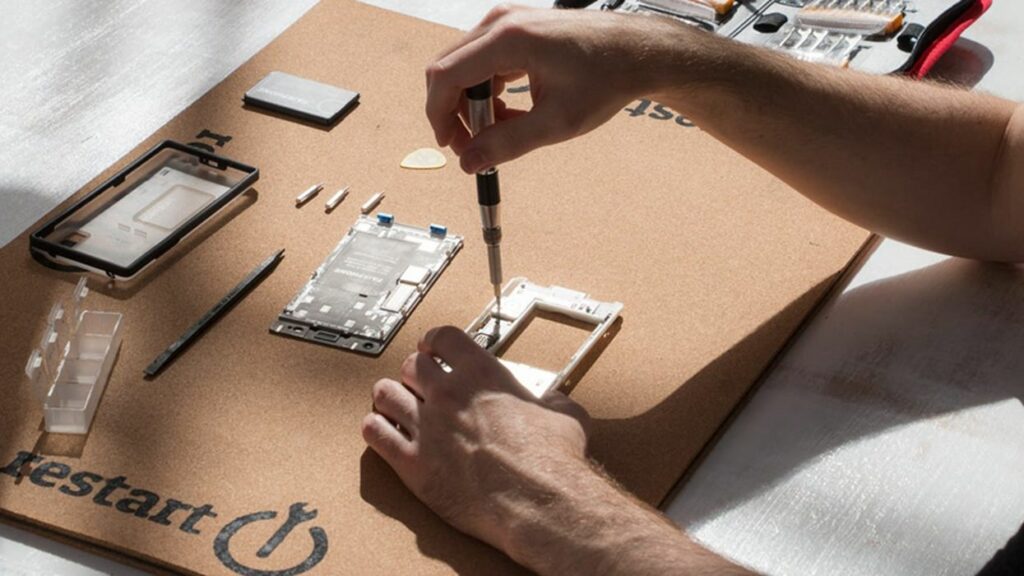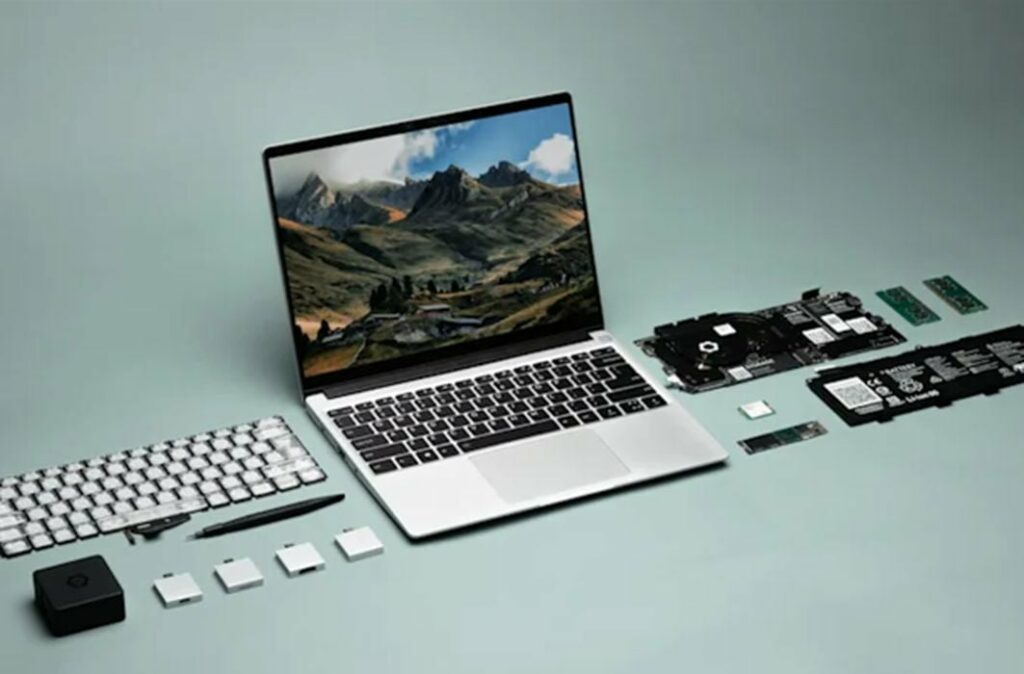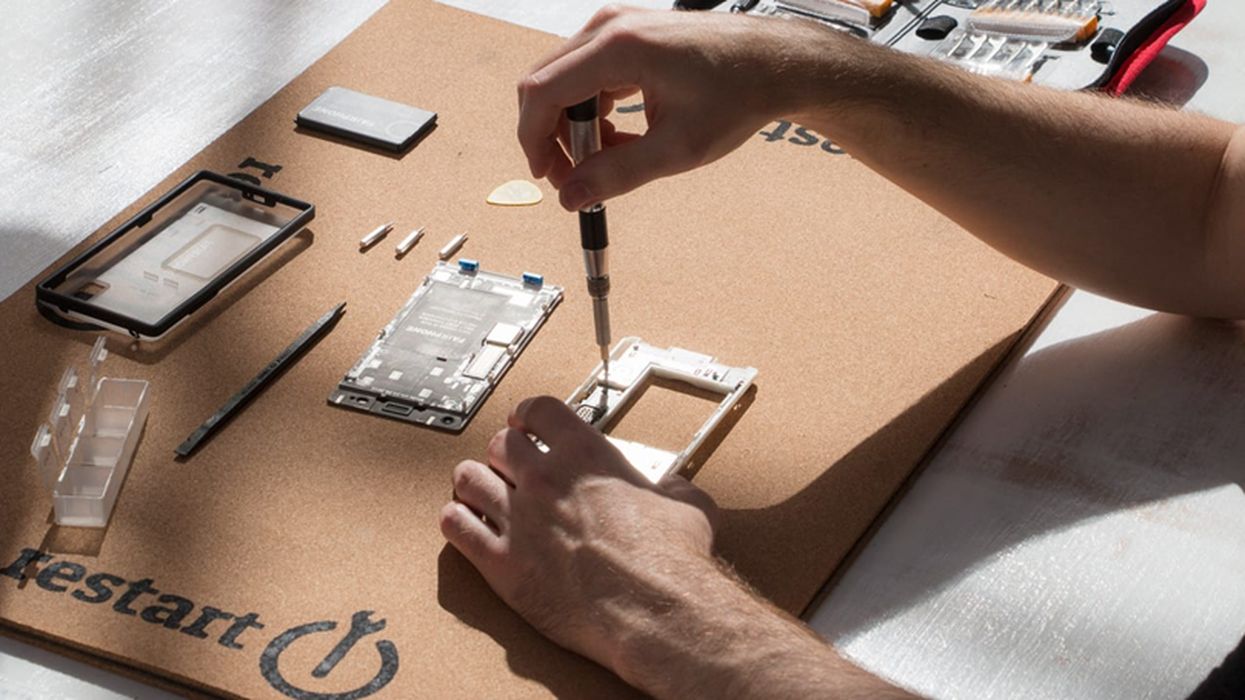
Charles R. Goulding and Preeti Sulibhavi look at how 3D printing could aid consumer repair activities.
With increased emphasis on the consumer’s right to repair and the environmental benefits of a circular economy, there is an increased focus on “Design for Repair.” Many of the techniques for repairable design provide opportunities for 3D printing. One concept is to use standard fasteners. We have published numerous 3D printing articles on fasteners, including fasteners for oil and gas equipment, solar and the steel industry.
Another concept is to eliminate strong adhesives where repairs mar surfaces and break repair tools. The typical replacements for strong adhesives include gaskets and shims or seals, where there is a wide variety of applications.
Utilizing modular parts is another important design element. Modular parts can reduce inventory and can be quickly 3D printed when needed. Modular parts also eliminate the need for strong adhesives. Often equipment including electronic devices have glass components and there is an increasing number of 3D printed glass offerings.

3D printing has advanced a great deal with regards to refurbishing products as well, which would be in a similar range of the repairable design category.
The Research & Development Tax Credit
The now permanent Research and Development (R&D) Tax Credit is available for companies developing new or improved products, processes and/or software.
3D printing can help boost a company’s R&D Tax Credits. Wages for technical employees creating, testing, and revising 3D printed prototypes can be included as a percentage of eligible time spent for the R&D Tax Credit. Similarly, when used as a method of improving a process, time spent integrating 3D printing hardware and software counts as an eligible activity. Lastly, when used for modeling and preproduction, the costs of filaments consumed during the development process may also be recovered.
Whether it is used for creating and testing prototypes or for final production, 3D printing is a great indicator that R&D Credit eligible activities are taking place. Companies implementing this technology at any point should consider taking advantage of R&D Tax Credits.
Conclusion
Designing a new and improved project for easy repair and replacement reduces harmful effects on the environment and consumers support these goals. It also reduces costs and is good for the environment. The 3D printing industry has many solutions that could work to the benefit of many repairable designs.

